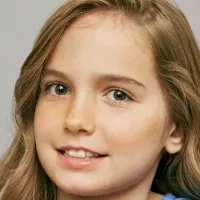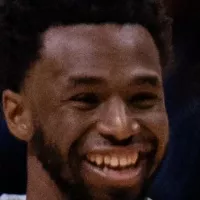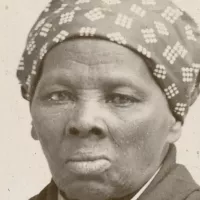Immunization fortifies the immune system against infectious agents. Exposure to foreign molecules (non-self) triggers an immune response and develops immunological memory, a function of the adaptive immune system. Active immunization involves controlled exposure to an immunogen, enabling the body to learn self-protection, primarily improving T cells, B cells, and antibody production. Memory B and T cells ensure a rapid response upon subsequent encounters. Passive immunization, in contrast, directly introduces these immune elements into the body, bypassing the body's own production.
1962: Vaccination Assistance Act
Since 1962, with the enactment of the Vaccination Assistance Act, the United States began moving towards the socially optimal outcome on a larger scale regarding immunizations.
1979: Polio Elimination in the U.S.
In 1979, Polio was eliminated in the U.S. thanks to the efforts of healthcare professionals and parents who vaccinated their children.
1999: Higher Mortality Rates in African Americans
From 1999 to 2018, an analysis of mortality from influenza and pneumonia revealed that African Americans died of these causes at higher rates than European Americans.
2018: Higher Mortality Rates in African Americans
From 1999 to 2018, an analysis of mortality from influenza and pneumonia revealed that African Americans died of these causes at higher rates than European Americans.
Mentioned in this timeline
The United States of America is a federal republic located...

Vaccination is the process of administering a vaccine to stimulate...

A vaccine is a biological preparation designed to provide active...
Trending

7 days ago Josh Hart shines with increased workload, making a case to stay in lineup.

6 months ago Terry Crews Celebrates 36 Years of Marriage; Ranks Worst Brooklyn Nine-Nine Episodes
7 months ago Warren Buffett's Successor Approved; Berkshire Hathaway Stock Affected; Omaha Reacts to Leadership Change
Tony Danza is an American actor and former professional boxer best known for his roles in the popular television sitcoms...

16 days ago Scott Bessent Predicts Oil Price Drop Contingent on Venezuelan Events; Gas Prices Impacted.

6 days ago Andrew Wiggins shines as Heat realize Warriors' insight; masters portion control.
Popular
Matt and Ross Duffer known as the Duffer Brothers are...

Candace Owens is an American conservative political commentator and author...

Ilhan Omar is an American politician currently serving as the...

XXXTentacion born Jahseh Dwayne Ricardo Onfroy was a controversial yet...

Tom Cotton is an American politician and Army veteran currently...

Harriet Tubman was a pivotal American abolitionist and social activist...
